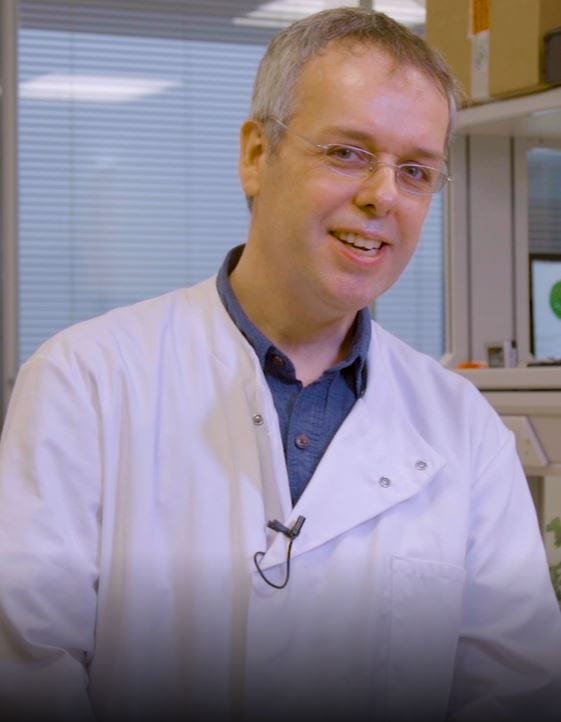Plant phenotyping is an essential component in a lot of key aspects of crop science. For example, if you are a crop breeder, you will have to score large populations for whatever traits of interest whether this be disease resistance, yield, or consistency. Essentially, phenotyping is simply the scoring of traits and responses in such a scenario. At the moment this is often done manually but if you can automate it with imaging, then that just makes it a lot more efficient.
Scoring traits through digital phenotyping
Another example could be if you have developed a biocontrol agent or biostimulant but you need to check if it actually works. You need to look at the phenotype that you are trying to alter be that disease resistance, resistance to drought, or heat stress. Then you need to be able to score that – potentially in large populations – which is where phenotyping becomes key.
So again, whatever aspect in crop science you look at, there’s a good chance you are going to have to score traits, essentially you are going to have to phenotype things – that’s why digital plant phenotyping is important.
Variety of digital imaging techniques
In the lab here at Rothamsted Research, we have a range of sensors that do different things. We have cameras ranging from a standard RGB – a colour camera like you get in your smartphone – to much more sophisticated cameras such as multispectral cameras: that’s probably what I use more than anything else. You are basically monitoring multiple wavelengths right across the spectrum from the ultra-violet (or UV) into the near-infrared, and this provides much more data than can be gleaned from a standard colour photograph. You can then really detect things you couldn’t see with the naked eye and that’s really exciting.
We have other sensors that, for example, allow you to monitor photosynthetic performance, you can measure parameters that can actually tell you just how well photosynthesis is proceeding in a given plant, whether stress is affecting it, or whether your products are mitigating that problem. We also have a sensor that can monitor a water-absorbance band in the NIR with the potential to assess the water status in plants, another example of being able to quantify phenotypes that one couldn’t see with a standard camera or with the naked eye.
Expertise available to all
The range of equipment we have in our lab means we can help companies that do not have the funds or expertise in-house to access such data.
What’s really nice is that you can explore whether, for example, image-based phenotyping is going to be useful for you without actually having to invest in the equipment or the expertise up front. So this allows us to help a small company without their own phenotyping resources to assess their product. Once they have the results, they may not need to use image-based phenotyping again for some time, until they have developed another new product.
Large companies may just need to assess whether the technology in our Digital Phenotyping Lab technology might be useful for them before they commit to making the investment in purchasing their own kit. CHAP provides that service and gives them the answer.
Looking to the future
In addition to lab-based phenotyping, I think imaging will also have a major role in facilitating variable rates of application of pesticides and fertilizer, essentially helping to drive forward precision agriculture.
To find out more about how CHAP can help to take your crop science to another level, see also Digital Phenotyping Lab.
Reach out to the CHAP team to discuss potential project opportunities using Digital Phenotyping Lab: email us using the enquiries form at the bottom of our homepage.












